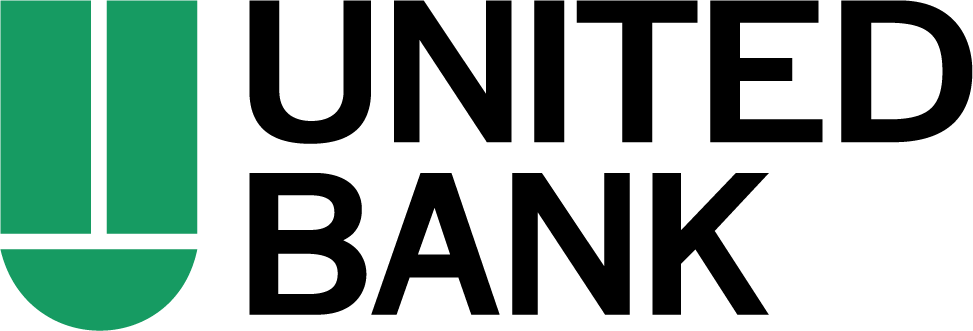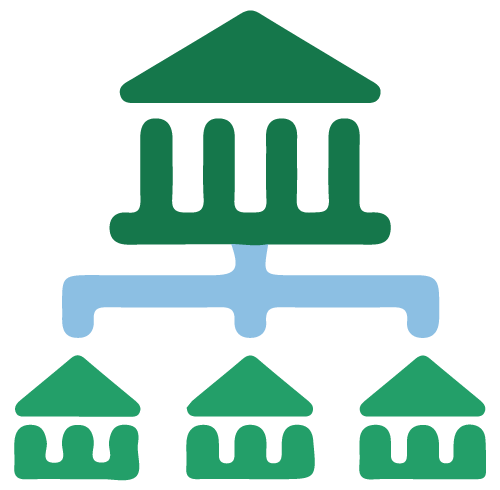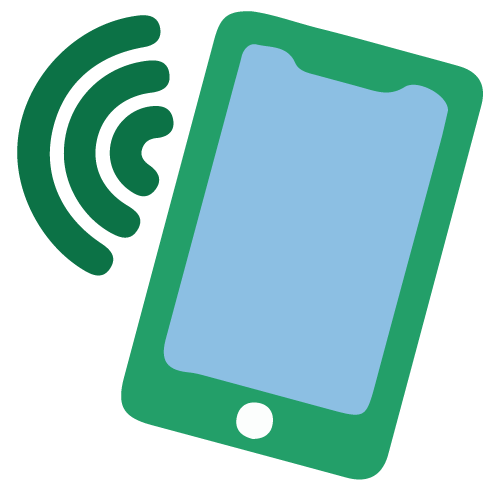We all know that life can be unpredictable — and when it comes to finances that it’s best to be prepared for the worst. But, of course, the challenging part of the financial-preparedness equation can be how to actually make it happen.
Enter the emergency fund — money we put away for unexpected emergencies that’s often referred to as a “rainy day fund.” It’s best kept in a savings account, and if we’re wise about it, we contribute to it as often as possible and touch it only when we have to.
But what’s the best way to build one? There are a number of effective tactics for accruing emergency savings, and the best approach for your own situation will likely depend on your personal preferences, your financial realities and your level of monetary self-discipline.
No matter what our situations, though, most of us can at least take baby steps toward building and growing an emergency fund. If you’re looking for ways to bulk up your own emergency fund, consider these six creative tactics for putting money away for a rainy day:






